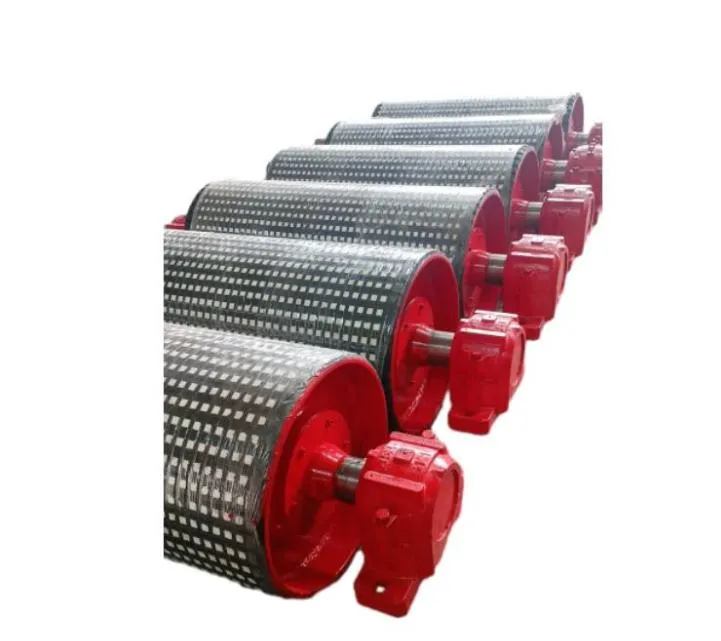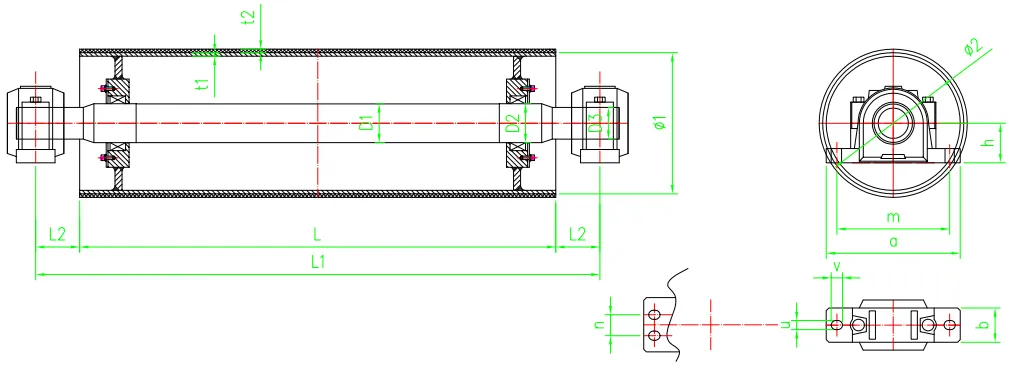 Afrikaans
Afrikaans  Albanian
Albanian  Amharic
Amharic  Arabic
Arabic  Armenian
Armenian  Azerbaijani
Azerbaijani  Basque
Basque  Belarusian
Belarusian  Bengali
Bengali  Bosnian
Bosnian  Bulgarian
Bulgarian  Catalan
Catalan  Cebuano
Cebuano  Corsican
Corsican  Croatian
Croatian  Czech
Czech  Danish
Danish  Dutch
Dutch  English
English  Esperanto
Esperanto  Estonian
Estonian  Finnish
Finnish  French
French  Frisian
Frisian  Galician
Galician  Georgian
Georgian  German
German  Greek
Greek  Gujarati
Gujarati  Haitian Creole
Haitian Creole  hausa
hausa  hawaiian
hawaiian  Hebrew
Hebrew  Hindi
Hindi  Miao
Miao  Hungarian
Hungarian  Icelandic
Icelandic  igbo
igbo  Indonesian
Indonesian  irish
irish  Italian
Italian  Japanese
Japanese  Javanese
Javanese  Kannada
Kannada  kazakh
kazakh  Khmer
Khmer  Rwandese
Rwandese  Korean
Korean  Kurdish
Kurdish  Kyrgyz
Kyrgyz  Lao
Lao  Latin
Latin  Latvian
Latvian  Lithuanian
Lithuanian  Luxembourgish
Luxembourgish  Macedonian
Macedonian  Malgashi
Malgashi  Malay
Malay  Malayalam
Malayalam  Maltese
Maltese  Maori
Maori  Marathi
Marathi  Mongolian
Mongolian  Myanmar
Myanmar  Nepali
Nepali  Norwegian
Norwegian  Norwegian
Norwegian  Occitan
Occitan  Pashto
Pashto  Persian
Persian  Polish
Polish  Portuguese
Portuguese  Punjabi
Punjabi  Romanian
Romanian  Russian
Russian  Samoan
Samoan  Scottish Gaelic
Scottish Gaelic  Serbian
Serbian  Sesotho
Sesotho  Shona
Shona  Sindhi
Sindhi  Sinhala
Sinhala  Slovak
Slovak  Slovenian
Slovenian  Somali
Somali  Spanish
Spanish  Sundanese
Sundanese  Swahili
Swahili  Swedish
Swedish  Tagalog
Tagalog  Tajik
Tajik  Tamil
Tamil  Tatar
Tatar  Telugu
Telugu  Thai
Thai  Turkish
Turkish  Turkmen
Turkmen  Ukrainian
Ukrainian  Urdu
Urdu  Uighur
Uighur  Uzbek
Uzbek  Vietnamese
Vietnamese  Welsh
Welsh  Bantu
Bantu  Yiddish
Yiddish  Yoruba
Yoruba  Zulu
Zulu Jan . 13, 2025 15:39
Back to list
types of conveyor idlers
In the realm of material handling, conveyor idlers play a pivotal role in ensuring efficiency and reliability. Understanding the different types of conveyor idlers is crucial for optimizing operations, enhancing productivity, and ensuring safety in industrial environments.
Impact idlers are strategically placed at conveyor loading and transfer points where the risk of damage to the belt is highest due to material impact. Outfitted with resilient components like rubber discs, these idlers absorb and mitigate the force of heavy loads. To assure maximum longevity and service life of conveyor systems, these idlers are frequently deployed in high-impact scenarios common to the construction and aggregate processing sectors. Offset idlers offer a unique structural advantage, with each roller positioned to counterbalance each other. This design minimizes material buildup on the rollers and simplifies maintenance. While they might not be necessary for every operation, offset idlers are invaluable in conditions prone to sticky materials or extreme weather, preserving the efficiency of the conveyor system. Additionally, garland idlers are a flexible option formed by linking several rollers on chains or pivoted connections. This configuration offers high load compensation and exceptional adaptability across varied terrain, making them ideal for long, undulating conveyor routes such as those in large construction projects or mining operations requiring versatility. In conclusion, selecting the appropriate type of idler depends on several factors, including the type of material, load capacity, and application environment. The precise choice of idlers directly influences the conveyor system's efficiency, reliability, and lifespan. Investing in the right conveyor components not only enhances operational throughput but also fosters a safer and more sustainable execution of material handling tasks. Understanding these components’ intricacies not only empowers operational excellence but also solidifies a company’s standing as a leader in industrial innovation and efficiency.


Impact idlers are strategically placed at conveyor loading and transfer points where the risk of damage to the belt is highest due to material impact. Outfitted with resilient components like rubber discs, these idlers absorb and mitigate the force of heavy loads. To assure maximum longevity and service life of conveyor systems, these idlers are frequently deployed in high-impact scenarios common to the construction and aggregate processing sectors. Offset idlers offer a unique structural advantage, with each roller positioned to counterbalance each other. This design minimizes material buildup on the rollers and simplifies maintenance. While they might not be necessary for every operation, offset idlers are invaluable in conditions prone to sticky materials or extreme weather, preserving the efficiency of the conveyor system. Additionally, garland idlers are a flexible option formed by linking several rollers on chains or pivoted connections. This configuration offers high load compensation and exceptional adaptability across varied terrain, making them ideal for long, undulating conveyor routes such as those in large construction projects or mining operations requiring versatility. In conclusion, selecting the appropriate type of idler depends on several factors, including the type of material, load capacity, and application environment. The precise choice of idlers directly influences the conveyor system's efficiency, reliability, and lifespan. Investing in the right conveyor components not only enhances operational throughput but also fosters a safer and more sustainable execution of material handling tasks. Understanding these components’ intricacies not only empowers operational excellence but also solidifies a company’s standing as a leader in industrial innovation and efficiency.
Latest news
-
Revolutionizing Conveyor Reliability with Advanced Rubber Lagging PulleysNewsJul.22,2025
-
Powering Precision and Durability with Expert Manufacturers of Conveyor ComponentsNewsJul.22,2025
-
Optimizing Conveyor Systems with Advanced Conveyor AccessoriesNewsJul.22,2025
-
Maximize Conveyor Efficiency with Quality Conveyor Idler PulleysNewsJul.22,2025
-
Future-Proof Your Conveyor System with High-Performance Polyurethane RollerNewsJul.22,2025
-
Driving Efficiency Forward with Quality Idlers and RollersNewsJul.22,2025
OUR PRODUCTS





























